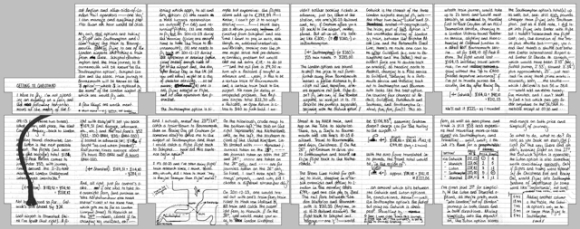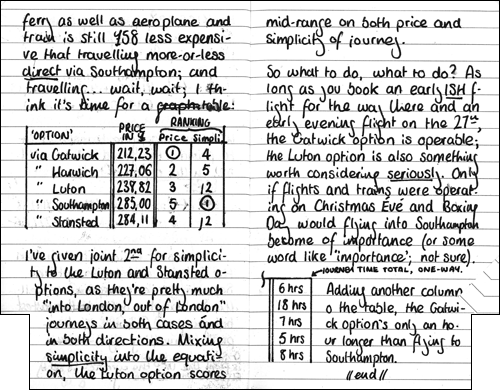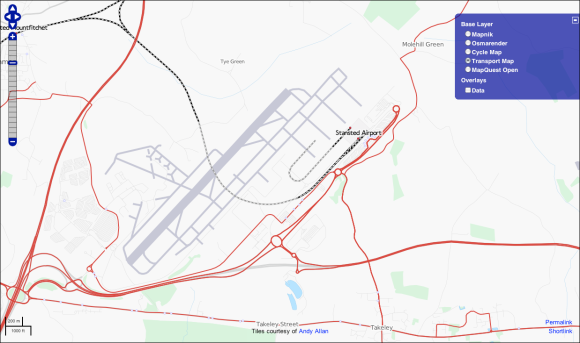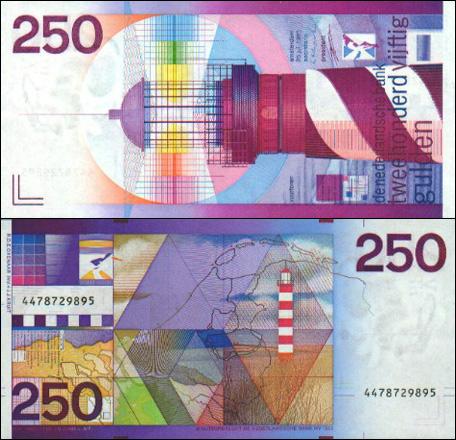Below is a composite image of notes I made on Saturday evening on how I’m going to be getting to my grandparents for Christmas. Every year for the past nineteen—except last year and also in 2001 or 2002, though I can’t remember which one of those—me and my family have descended upon Bournemouth for the Christmas holiday. This year will be the first in which I’ll have to pass port to get there and, boy: it’s going to be difficult.

As you probably can’t read owing to the deliberately low resolution of the scans, I’m planning on transversing the continent by plane and train. The easiest and most direct route would be to hop on the train to Schiphol, catch a Flybe flight to Southampton and get on a fast service to Bournemouth via Southampton Central. But, whilst shopping at Albert Heijn on Saturday afternoon, I pondered “surely I can fly cheaper with easyJet”—that was a thought I’d rather not have had; it turned my evening to a nightmare of investigation, calculating and reinvestigation. I calculated the costs of flying with easyJet into three of London’s airports, but it wasn’t until I was very near the end of my tether that I discovered which one had the upper hand.
One of the main problems is the method of payment. I’m not in possession of a credit card in the Netherlands and my Dutch Maestro card is… well, it’s not a real Maestro card—there’s no bloody card number. I know there is a card number—various receipts have allowed me to determine its last seven digits—but, alas, it’s not …public (if you like) and I’m unable to use it to purchase things from our good friend the Internet. Except in the Netherlands where we use a bank authentication system but that’s nothing to do with the card provider. As such, I’m having to transfer money back to my British account in order to pay for my flight; which is a bit of a pain-in-the-arse.

Pages 15 and 16 include a 'cost vs simplicity' table. The circled number ones represent the least costly (column III) and least faffy (column IV) journeys. It's not the prettiest of Moleskine pages but please understand: I was very, very tired and it was close to 01:00... and the table addition on page 16 was drawn/written on Sunday morning, hence its relative neatness.
My findings are that the cheaper options are less direct that the more expensive, as you would expect. I could compromise on saving money and fly into Luton: a train into London and then another train out of London makes that part of the journey relatively painless but it costs a little more, both in the rail fare and time. The Gatwick option is the cheapest—£70 cheaper than flying direct to Southampton—but it would be a job to get onto the correct line out of London for Bournemouth. But, surprisingly, it takes only an hour longer to fly into Gatwick and sachet my way over to the South Western Main Line than it does to fly Flybe to Southampton and then walk the reported “sixty seconds” between the terminal and Southampton Airport Parkway. Gatwick might not be a bad choice after all.
And just so you know, it’s a Stabilo Bionic Worker I use.


